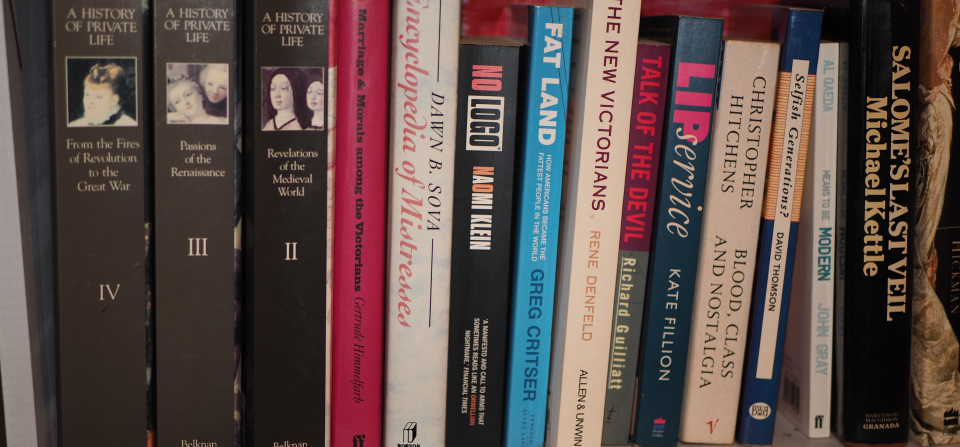The King in the North is an opportunistic title, riffing on a certain popular TV series to sell the subhead: The life and times of Oswald of Northumbria. The northern king at the centre of the book is presented as a pivot in the history of Dark Age Britain, as it moved from a post-Roman, largely post-Christian1 place of small, warring factions, with limited continuity of leadership, to one where standard, Catholic Christianity became the norm, the monastic institutions took root, and the idea of governance beyond the whims and lives of individual kings could take hold.
The King in the North walks the reader through a substantial chunk of history; Adams lays out the setting for the main threads of his story by starting a couple of generations before Oswald appears on the scene, in order to properly set his stage. Adams is concerned that the reader has a good understanding of the cultural context and norms of the time, so we can appreciate the changes Oswald’s life bring to Britian; this is something I enjoy in this sort of work - Adams reminds me of Barbara Tuchman in that he takes time to explain to a modern reader the ways in which a 7th century experience of the world differs from our own; not the details of everyday life, but how people thought about the world.
Adams is concerned with a number of major changes that occured, and that Oswald himself lived through, drove, or became the emblem of; the re-introduction of Christianity to what would become England is one major change. While Christianity arrived in Britain in a fairly notable way, it was rolled back by the Angles, Saxons, Jute none of whom arrived as practitioners, preferring their own faiths (and it had not been universal even during the Imperial period, of course); the arrivals of the Norsemen would batter it further. Around Oswald’s time, the Celtic Christians, led by the Irish monastic movement, were re-establishing themselves in England, often through their alliances with royal families, as was the norm in Ireland itself; Adams paints a picture of two threats to this process, however; the first are the fortunes of the Christian kings vis-a-vis their Pagan opponents - Adams notes that much of the lionisation or demonisation of particular figures from this era must be understood through the surviving thoughts of scholars such as Bede, who were retrofitting a Christian narrative over these figures, whose heroism or villainy would be tied mostly, then, to their position as regards the faith.
The other threat, though, and the ultimate victor, was not the pagans, but the Catholics. The Celts were in a number of ways out of line with mainstream Continental thinking; the differences mostly seem absurdly small to a modern mind, but were critical to contemporaries, and missions endorsed by Rome would fight pitched spiritual battles for the attentions of Oswald and his contemporaries; Oswald himself had to weigh the Celts he was raised with, the Catholics who represented an emergent power, and the traditional beliefs of many of his followers, and weave them into a workable structure of governance. Adams goes into some detail as to how, for example, the relic cults of Britain might have been influenced by Anglo-Saxon practises as part of exploring these tensions.
Related to this was the emergence of the monastic movement in the north of England around this time; Adams is keen to show how the process of granting land to these communities - an extension of the normal habit of kings to be gift-givers to their followers - permanently alienated chunks of England from the royal prerogatives, and became a force for change; whereas a change of kings, or the death of followers, would have reshuffle the decks of who owned what, the monastries held land in perpetuity, far beyond the term of any given abbot. This created structures with a sens of longevity not seen since Roman times, and Adams links this development to the founding of ideas of rules of law that move beyond the customs of a given royal family.
The King in the North belongs at the “serious” end of the pop-academia spectrum; Adams’ background is as a professional archaeologist, and unlike the “poppier” end of the spectrum, has endnotes and references galore. It’s well-written, and finds a good balance between scholarly levels of detail (which tends to cause the eyes of less academic readers to glaze over) and over-explaining (which tends to cause the reader who knows the material to feel as though they’re reading material from kindergarten). I found it enjoyable, albeit a touch heavy going in places where I was struggling to keep track of some of the strange-to-my-eyes Germanic names of the various figures; the fault here is the head of the reader, rather than the writer.
-
Christianity has been introduced to Britain as part of the Roman Empire and adapted to a native Celtic form. With the Roman withdrawl and Germanic and Norse settlement, the religion had been rolled back in many areas. ↩︎
